White Maeng Da Kratom Review – Athena Fern
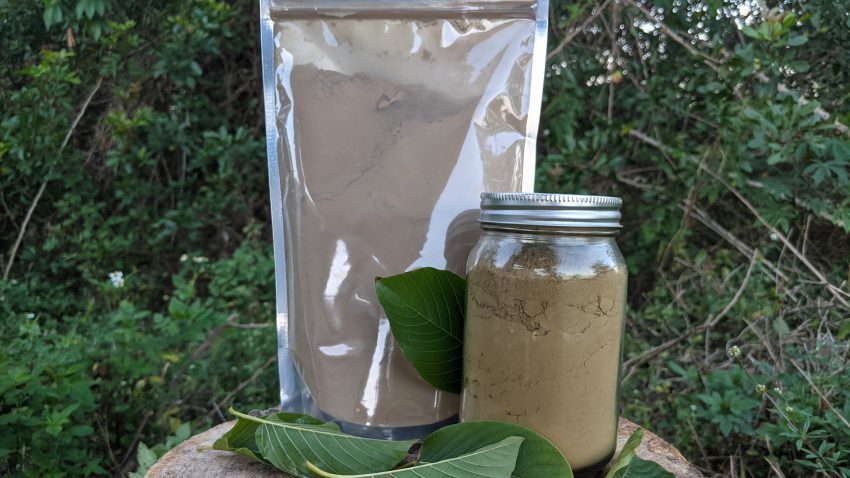
White Maeng Da Kratom Review – Athena Fern
“Amazing customer service and next level amazing kratom” – I got the white maeng da and red Elephant Leaf as well as some fresh leaf. The Red Vein Elephant Leaf leaf is so great for muscle ache! I take this as my days second dose and it takes away 95% of my back pain!!! The white maeng da is now my first dose of the day because it has that coffee effect like no other strain. The people that work here are more knowledgeable than any other vendor I’ve used! They have a permanent customer with me!!
From: Athena
@BotanicalQueens Collab! – Explaining American Kratom Leaf

@BotanicalQueens Collab! – Explaining American Kratom Leaf
For this video we are partnering with @BotanicalQueens on Youtube ( https://www.youtube.com/c/BotanicalQueens/featured ). Thank you so much Emily from for allowing us to come on and talk about American Kratom. And highlight one of our 11 year old 40ft pink vein kratom trees. It is one of the tallest and oldest kratom trees in the United States. In this video, we go over what our American Kratom nursery looks for in picking fresh organic American Kratom Leaf. How to shape your kratom trees growing at home for a long term viability when picking. What some of the differences when it comes to kratom. We encourage you to sit back, relax, and understand the intricacy’s of mature kratom leaf. We hope that you learn something. Solicitation notice: Please do not ask where to buy in the comments. These comments will be deleted and could harm the channel.
Fresh Kratom Leaf -Connor Atwood’s Review
Finally, Kratom that is FRESH & Mature! So some backgrounds history, I love the idea of kratom, and loved the one amazing experience I’ve had with this plant a long time ago. That being said, I now know why the full leaf is chewed in counties where this plant is native. I have tried hundreds of strains, vendors, shots, extracts, tolerance breaks… you name it. No luck. Today I received a few fresh leaves to chew, they are raw not dried. I tried one leaf to see the taste and BAM 3 minutes of chewing and there she is, the elusive, much mature and extremely euphoric sense of well being I have been missing for so long. I have severe back pain due to a slipped disk, which I would never know about now that I can’t feel my pain, only a warm and cozy blanket of Raw kratom leaf effects. Try some, if you are in the USA and want to get some real, raw, and just picked Kratom leaves that pack a huge punch, You can from a company in Florida who grows mature trees in the humid weather perfect for just that. There is only one company that grows and sells full raw leaf right now so go ahead and look for yourself, you’ll thank me for the tip on Kratomleaf.Us
From: Connor Atwood
What Is Kratom Stem and Vein? – Kratomleaf.us
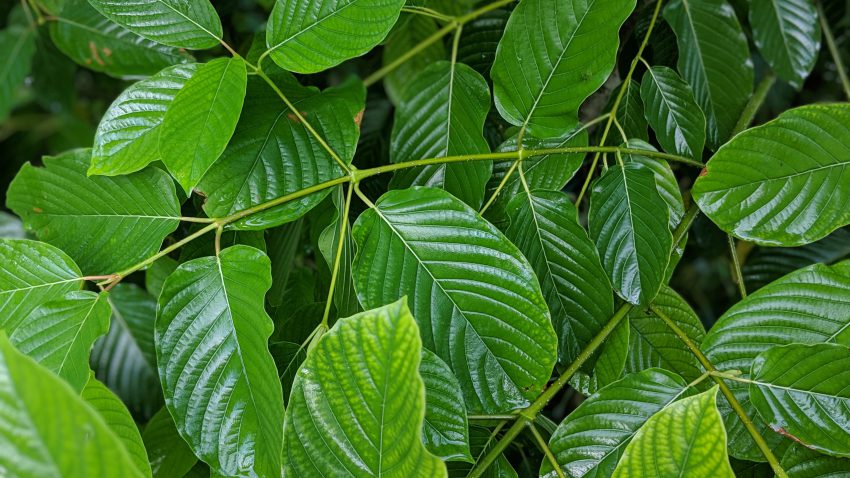
What Is Kratom Stem and Vein?
What Is Kratom Stem and Vein? – As you know the stems and veins are part of the kratom leaf. They are typically removed during the harvesting process. However, there is wellness support within these parts of the leaves. This would be kratom that is composed of the main stem and vein material. Since it is very hard to rid the fatty tissue from the stem and veins you will notice that your mixture will contain some other parts as well. So, when kratom farmers are disassembling the leaves they will separate the stem and vein material to be sold separately. The leaves are harvested, left to dry, and then farmers will carefully destem and devein the leaves before they are crushed into a powder. The raw parts of the kratom leaves, also known as kratom vein and stem, will be packaged and sold as-is.
They contain a wealth of alkaloids that live within the kratom plant. Since these parts of the kratom plant do have value, farmers have started packaging them and selling them as a byproduct of kratom. However, it is important to note that there is a lack of scientific studies when it comes to the kratom industry. The value of the stem and veins has never really been researched and only anecdotal advice is available on these products. When conducting your own research, you will find that some kratom users say this byproduct contains weaker amounts of the alkaloids that live within the leaf. Others say they contain higher amounts. However, there is no concrete evidence to support either claim. Regardless of research, there is some value within the kratom stem and veins. They contain very unique characteristics that some kratom users are seeking.
Why Would You Want To Use Stem and Vein Kratom?
Most kratom users will opt for kratom powders and capsules. Stem and vein kratom is a product that stands out on its own. This type of kratom has a variety of uses that appeal to some kratom users. One notable use of stem and vein kratom is to combine it with powder. This provides the user with a very diverse product packed with a large range of alkaloids. It will also provide a very aromatic essence.
One thing that really appeals to kratom users is the pricing of stem and vein kratom. This form of kratom will be priced even cheaper than powder. This means that potentially they could purchase stem and vein kratom and grind it up themselves. This type of kratom does appeal to those who are looking for a budget-friendly solution.
Kratom Leaf vs. Stem and Vein
The powder is very different from stem and vein products. For those who are seeking kratom for a robust alkaloid profile, you will probably want to stick to kratom powder. While stem and vein kratom does contain some alkaloids, it will never provide the same type of support that kratom powder does. However, there are instances when a customer may prefer to use stem and vein kratom over powder. Here are just a few examples where this may be the case.
Kratom Candle – How to make a kratom candle
Kratom Candle – How to make a kratom candle
Kratom Candle – How to make a kratom candle – There are many benefits you could get from simply lighting an aromatherapy candle. Taking things to the next level, you can try to make Kratom aromatherapy candle to get the benefits of both properties.
Generally, aromatherapy candles can help you relax, feel calm, energized and help your brain get into a more productive mindset.
What’s more, Kratom is known for its main benefits of pain relief, help with sleep disorders, mood and energy boost.
With all of those properties, Kratom aromatherapy candles can be one of the essential parts of your overall well-being.
Therefore, knowing how to make one of these candles will come in handy for you too.
Carry on to find out!
WHAT YOU NEED – Kratom Candles
Before telling you how to make it, here is a list of things you will need to make Kratom aromatherapy candle:
- 2 tablespoons of Fresh kratom leaf / Crushed Kratom Leaf / Kratom Powder.
- 6 cups of pure soy wax flakes
- 3 natural wicks (hemp, cotton, or wood)
- 6 teaspoons of essential oil
- 3 4-ounce glass or metal container
- Saucepan
- Old aluminum can for melting wax
- Kitchen thermometer
- 3 pair of chopsticks or clothespin to hold the wicks
(These ingredient will yield 3, 4-ounce Kratom candle for Aromatheropy)
WHAT TO DO – Kratom Candle
Time needed: 3 hours and 15 minutes.
Here are the 5 steps to make Kratom aromatherapy candle:
- Melt The Wax
Place your soy flakes in the old aluminum can. Fill the saucepan halfway with water and place the can of soy wax in the center.
Allow the water to simmer until the wax melts completely. - Add Kratom Powder & Essential Oil
Remove the can and place your kitchen thermometer in the hot wax. Check the temperature every few minutes until the wax cools to 185 degrees or a bit lower.
Add your Kratom powder and essential oil. Stir to combine. - Anchor The Wick
Anchor the wick to the bottom of the container using a bit of wax. Make sure you place the wick in the center of the container. Use a clothespin or chopsticks to keep it upright.
- Pour The Wax
Pour the wax into the container and allow it to cool for several hours, or overnight.
- Cut The Wick.
Cut the wick to about 1/8 inch above the wax to reduce soot and your candle is done!
PRO-TIPS
- If you are not sure how much wax you need, you can fill your container with the wax flakes first. Then, double it up. That’s how much wax you will need to melt to fill the container.
- To keep the scent from fading over time, always keep your candle covered when not in use.
- Use soy wax so your candle could burn longer and cleaner, resulting in less soot and smoke in the air, while elongating the natural scents.
- Use natural waxes to avoid toxic substances that crank out when you lit your candle
After following through the steps, you will get your aromatherapy candle.
However, if by chance you are not sure which Kratom powder to use, here are some of our recommendations!
DON’T MIX CARBONATED DRINKS & KRATOM
The kratom leaf is responsible for a variety of products you know and love, including Kratom Spot’s hand-selected line of powerful kratom powders. Family farmers pluck these leaves directly from Mitragyna speciosa trees, native to Southeast Asia. Kratom users experience wide-ranging benefits from this ethnobotanical. However, they might also experience something else: a not-so-savory aftertaste.
Kratom powder is naturally bitter. Because of this, it can be difficult to pair your kratom dose with the perfect mixer. According to Le Cordon Bleu, an elite culinary institution, bitterness is not generally considered a popular flavor. But with that said, “Bitterness is critical to balance” in the culinary world. According to Cordon Bleu, you can easily cut harsh bitterness with a bit of citrus, some dark greens, or even beer.
But this is kratom, not cooking.
If you didn’t already know, we’ve covered all the best kratom drink combinations, including orange juice and near-boiling water green tea, in the past (which we’ll recap down below, of course). Instead, we have a different message today. Ignore a to-do list for mixing kratom; we have a NOT-to-do list for you:
- Don’t mix kratom and carbonated drinks.
Why Shouldn’t You Mix Kratom & Carbonated Drinks?
Kratom powder consists of finely-ground plant material that is waxy, fatty, and generally difficult to dissolve in water. Furthermore, when mixing kratom with beverages like orange juice, the water molecules in those beverages adhere to the kratom plant material, forming clumps if you’re not careful. Now imagine mixing kratom with carbonated water instead of still water. The water molecules will adhere to the kratom powder’s waxy, fatty surface, but the carbon dioxide (CO2)—the ingredient responsible for making carbonated water carbonated—will TURN INTO FOAM.
When you drink carbonated beverages, CO2 is often released in the form of bubbles and, consequently, foam. However, when combining carbonated drinks and your daily kratom dose, the rate of CO2 carbonation (bubbliness) increases dramatically.
What Do Kratom Users Say About Mixing Kratom & Carbonated Drinks?
Oh, a few extra bubbles don’t sound that bad? Let’s hear what other kratom users on the Reddit had to say about their experience mixing carbonated drinks and kratom:
“I tried to toss and wash with a soda once, and it just foamed up and was hard to consume. I now wait at least an hour after dosing to drink anything carbonated to avoid bloating” – cheetobandito-
Kratom Spot Pro Tip: “Toss and wash”, or T&W for short, is one of the most popular methods of ingesting kratom in the Western world. It involves tossing a mouthful of kratom powder into your mouth, then washing it down with liquid, generally water or orange juice. Despite the name, we highly recommend you put liquid in your mouth BEFORE kratom powder, as kratom powder is dry and bitter on its own.
“On a road trip recently I poured dry powder in my mouth and chased it with bubbly water. I felt like a seagull on an elementary school campus” – jmeecakes
“Was interesting blowing kratom out of my nose for a day or 2” – scrappy6262
“NO!! Just no. I’ve seen people say they do [mix carbonated drinks and kratom]. But I’ve been in a pinch and was like eh this soda should work. Nope. Never again” – SKallday
Non-Carbonated Alternatives for Mixing Kratom
Now that we know NOT to mix carbonated beverages and kratom, let’s recap some of our favorite kratom drink recipes! Orange juice is an obvious standout, as the citrus yet sweet flavor perfectly balances the natural bitterness of kratom. However, if you want to step your kratom dose up a notch, try some of these other delicious infusions!
Kratom & Grapefruit Juice
Grapefruit juice provides a more powerful citrus concoction than orange juice, allowing kratom users to completely overshadow the bitterness of kratom powder with one fell swoop! Furthermore, grapefruit juice is chock full of vitamins and minerals, including:
- Complex carbs
- Fiber
- Protein
- Vitamin A
- Vitamin C
- Potassium
- Thiamine
- Folate
- Magnesium
Grapefruit juice is also known to improve immune system functionality, aid weight loss, boost heart health, and provide a ton of beneficial antioxidants. Now paint kratom into the picture, and you’ve got yourself a citrus-punching kratom cocktail to write home about!
Kratom Lemonade
Crisp, classic, and refreshing—kratom lemonade combines high-quality kratom powder with delicious lemonade. Like grapefruit and orange juice, the flavor of natural lemons provides a citrus burst that pairs with the earthy flavor of kratom. If you want a perfect homemade kratom lemonade, follow these easy steps:
- Add 1 cup fresh-squeezed lemon juice (about 10 lemons) to a medium bowl.
- Whisk in 1 cup sugar until completely dissolved.
- Add about 5 cups of filtered water.
- Stir.
- Add desired kratom dose, stirring until completely dissolved.
- Enjoy!
Easy as that! And as you may have guessed, fresh-squeezed lemons offer additional benefits to kratom users as well. In fact, fresh lemon juice is known to offer a great source of Vitamin C, improve the overall quality of your skin, aid digestion, and more.
Other Great Kratom Drink Combos!
While we can’t recap ALL of our favorite recipes, we’re sure that there’s a kratom drink combination for everyone. If you’re not satisfied with the drinks already listed, try mixing kratom with any of the following Kratom Spot-approved drinks:
- Green tea with honey
- Mint tea
- Chamomile tea
- Coffee
- Mocha
- Mango juice
Just remember: NO MIXING KRATOM AND CARBONATED DRINKS.
Cactus Jacks Botanicals Review – Lisa Addison
Lisa Addison owner of Cactus Jacks Botanicals
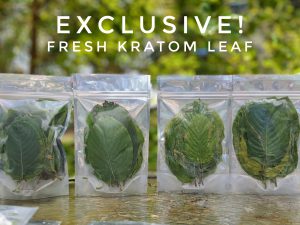
Can horses take kratom? – Kratom for Horses

Can horses take kratom? – Kratom for Horses
Can horses take kratom? – Have you met a kratom horse? Recently I spoke with Oliver Wendell Douglas and his kratom horse. Mr. Douglas says that his horse was in great pain, suffering from Laminitis (also termed founder) is inflammation of the laminae of the foot – the soft tissue structures that attach the coffin or pedal bone of the foot to the hoof wall. … Once a horse has had an episode of laminitis, they are particularly susceptible to future episodes.
“My little mini, only had him a year…Vet said if he didn’t improve we should humanely euthanize him. I wanted to do everything possible to prevent that. I’ve had 4 major back surgeries and was seriously addicted to opiates until I found kratom”.

Kratom For Horses
Mr. Douglas, a avid kratom user and began giving it to his horse. “I gave it to him twice a day. I add 9 grams of powder sprinkled over his feed.” Mr. Douglas was unsure of dosages but ” figured I’d give him what I take and see how that went. I’ll definitely be treating him when the time comes. I know kratom saved me too! I had no idea if it would work or how much to give but had to try something”
“He was laying down way too much and not very active. I gave him a dose around 7am and he was out in the field walking around and grazing before noon.” His horse a dose every breakfast and dinner. Mr. Douglas says he sees “No noticeable difference in anything except activity. He likes kratom better than crushed ibuprofen… I even bought him boots for 200 a pair so I’m doing everything I can. I also have a 9 year old Rottweiler who’s starting to slow down. Can’t imagine losing him but will do anything too keep him out of pain.”



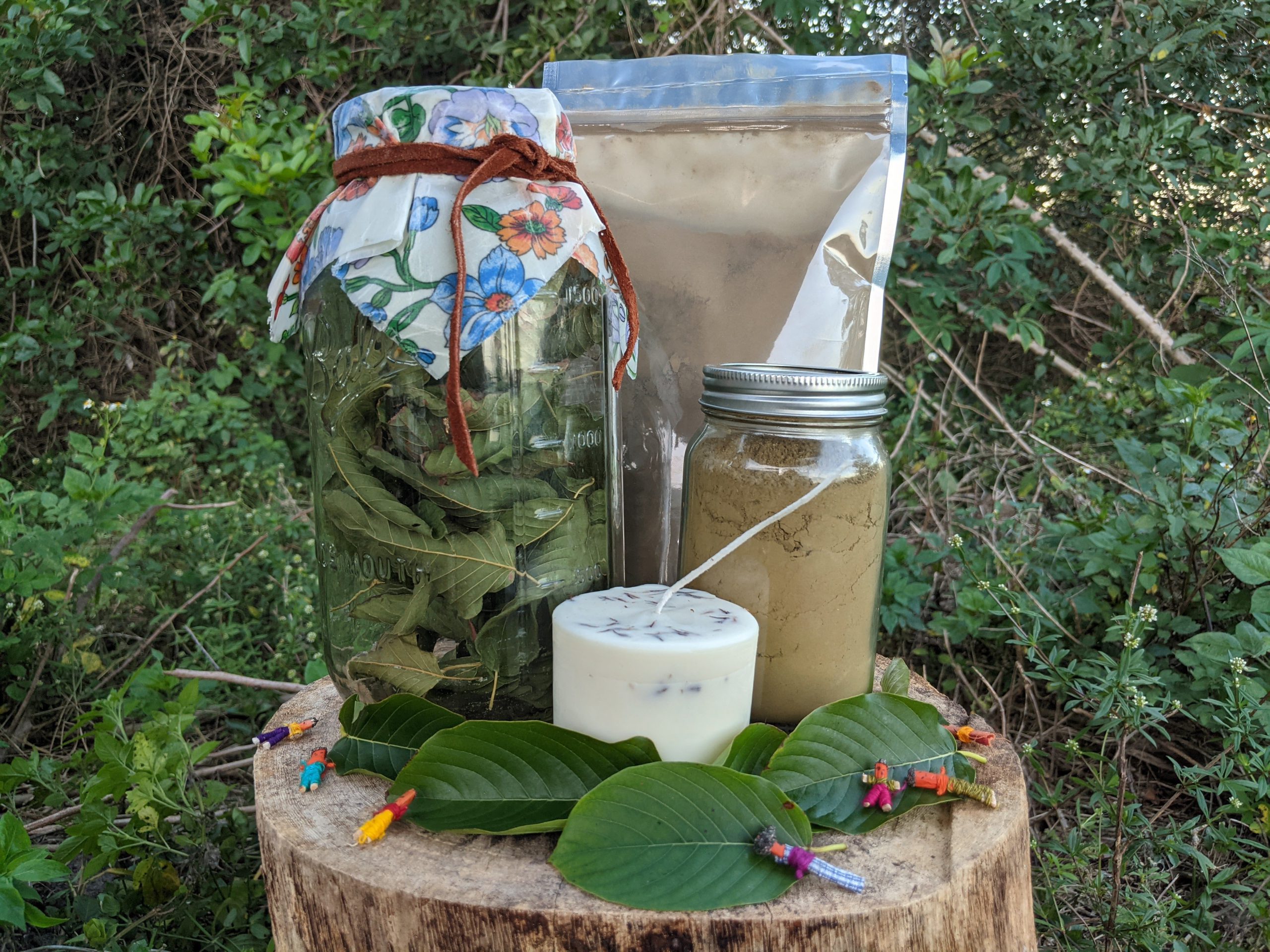


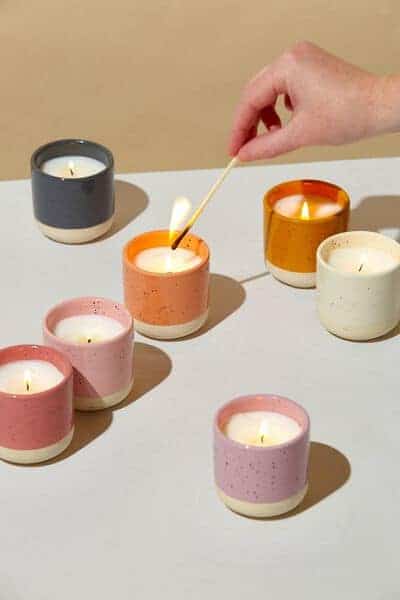
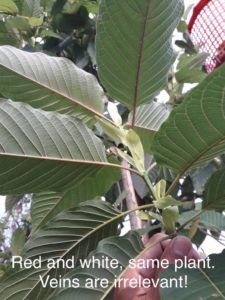

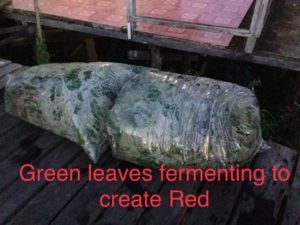
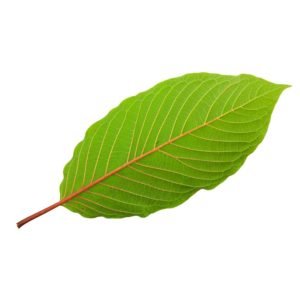
Recent Comments